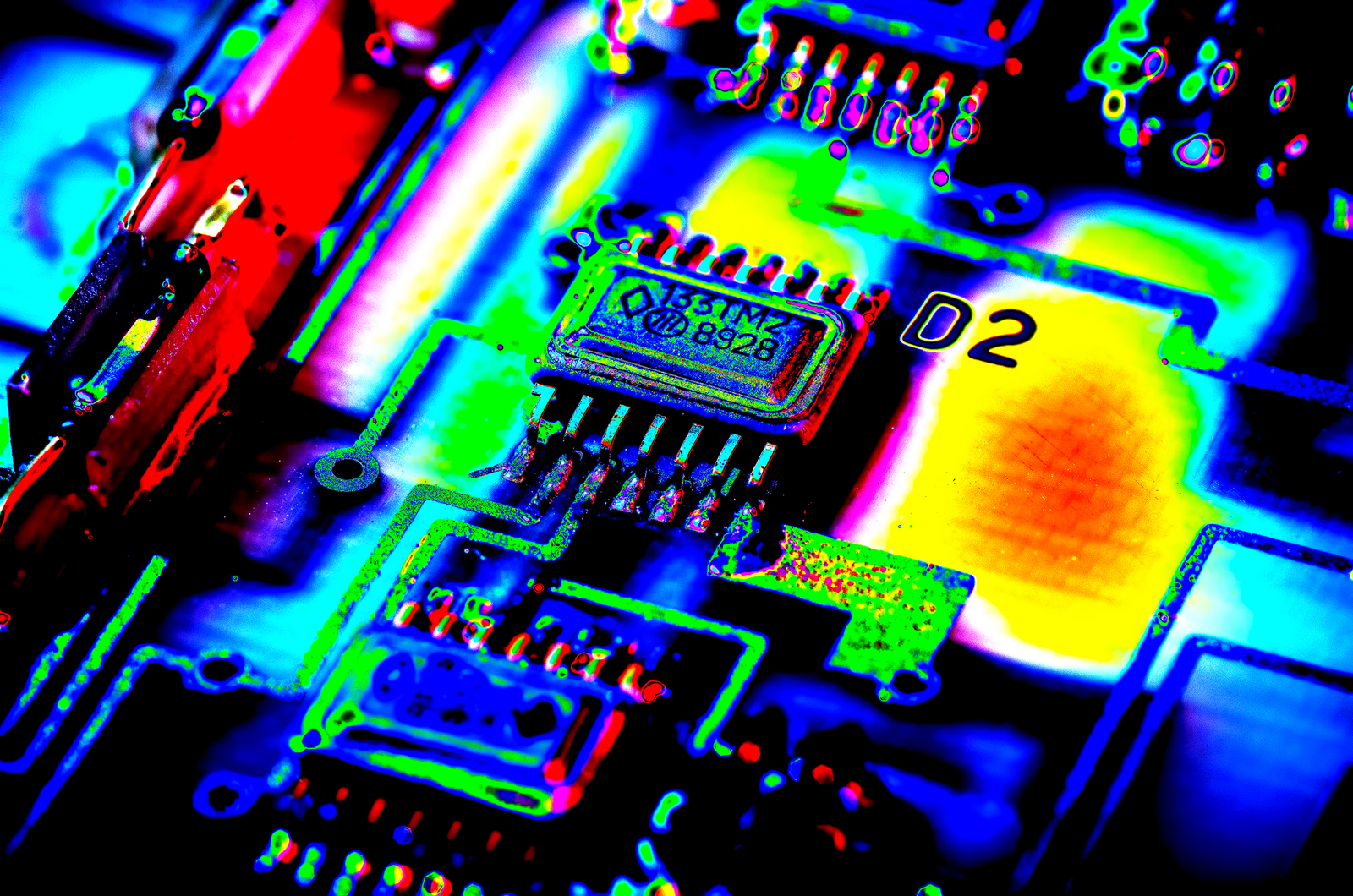
This is the fourth installment in our ongoing blog series exploring clad metals and their powerful role across industries. In previous posts, we covered the fundamentals of clad materials (part 1), how clad metal is made (part 2), and the benefits of clad metals to various applications (part 3). Today, we turn to one of the most critical and difficult engineering challenges: thermal management.
Whether in everyday devices or equipment operating under extreme conditions, effective heat regulation is critical to ensuring reliability, efficiency, and safety. When the demands of an application exceed the capabilities of a single metal, clad materials offer a versatile solution, allowing engineers to combine complementary properties that would be difficult to achieve in a single metal.
Most advanced systems generate excess heat during operation. Managing that heat effectively is essential not just for performance, but also for safety and longevity. This is especially critical in applications such as:
To give an example of the temperatures that could be encountered, the typical operating temperature range of fuel cells is 68°F (20°C) to 392°F (200°C), and in some use cases can even reach 1832°F (1000°C). Lithium-ion batteries can operate between -4°F and 140°F (-20°C and 60°C). Materials used in fuel cells must perform within that wide range of extreme cold and extreme heat.
In the case of sensors, stabilizing the sensor temperature also contributes to their reliability and accuracy, unless the temperature itself is the subject of the measurement. If a pressure sensor has an operating temperature range of -40°F/°C to 185°F (85°C), the compensated temperature range is between 32°F and 131°F (0°C and 55°C). Overheating protection is essential for ensuring the safety and longevity of electronic devices, particularly handheld gadgets like smartphones, tablets, and portable gaming consoles. These devices generate heat during operation, especially when running intensive applications or charging. Overheating can lead to performance issues, battery damage, and even potential hazards like fires.
Thermal management is not always just about dissipating as much heat as possible. Complex technologies such as batteries, electronics, sensors, or fuel cells require stabilizing components or system temperatures within a specific process window. In addition to thermal conductivity, engineers must also consider:
No single metal can meet all these competing requirements effectively. That’s where clad metals offer a breakthrough.
To illustrate the benefits of clad metals for thermal management, consider a class of materials that combines stainless steel with highly conductive copper or lightweight aluminum. Our eStainless® clad is one example. These layered structures leverage the thermal conductivity of copper (up to 10-18 times higher than steel) or the lightweight nature of aluminum, while maintaining the mechanical strength, stiffness, and corrosion resistance of stainless steel.
By metallurgically bonding these dissimilar materials, engineers can achieve heat spreading capabilities directly within a structural component. This design approach enables:
Such configurations are particularly valuable in compact or thermally sensitive devices like power modules, battery packs, and electronics housings. In ongoing development efforts, Materion’s eStainless platform is being studied as an example of how these principles can be applied in practical design scenarios.


Figure 1. Illustration of layers for eStainless clad metals - aluminum and steel (left) and copper and steel (right).
These benefits can be seen from the following charts, which display the properties of three grades of eStainless steels compared with Stainless 316 and C7025 copper alloy, demonstrating the potential stiffness and thermal performance improvement.

Figure 2. Thermal conductivity (left) and bending stiffness (right) of clad (versions of eStainless material) compared to steel and C7025.
Clad metals also shine as bimetal switches or sensors. Bimetallic sensors and switches make use of two materials with different thermal expansion rates bonded together. Since the two materials expand at different rates, the composite will curve toward the shorter (less expanded or more contracted side), which is useful for temperature gauges or to simply activate or deactivate an electric circuit when the temperature goes beyond certain limits. This enables a reliable and predictive response to temperature changes. Here are some examples of how clad metals are used in these applications:

Figure 3. Function of a bimetallic strip to respond to temperature changes.
By adjusting the composition and thickness of each layer, engineers can fine-tune the temperature response and durability of the device. Clad metals make it possible to produce responsive, reliable, and cost-effective components at scale.
As energy efficiency and thermal performance become more important across industries, clad materials are a powerful tool for modern engineers. By combining metals to achieve customized property sets, they solve problems that monolithic materials simply can’t address - especially in the realm of thermal management.
Learn more about Materion's family of clad metals on our website.